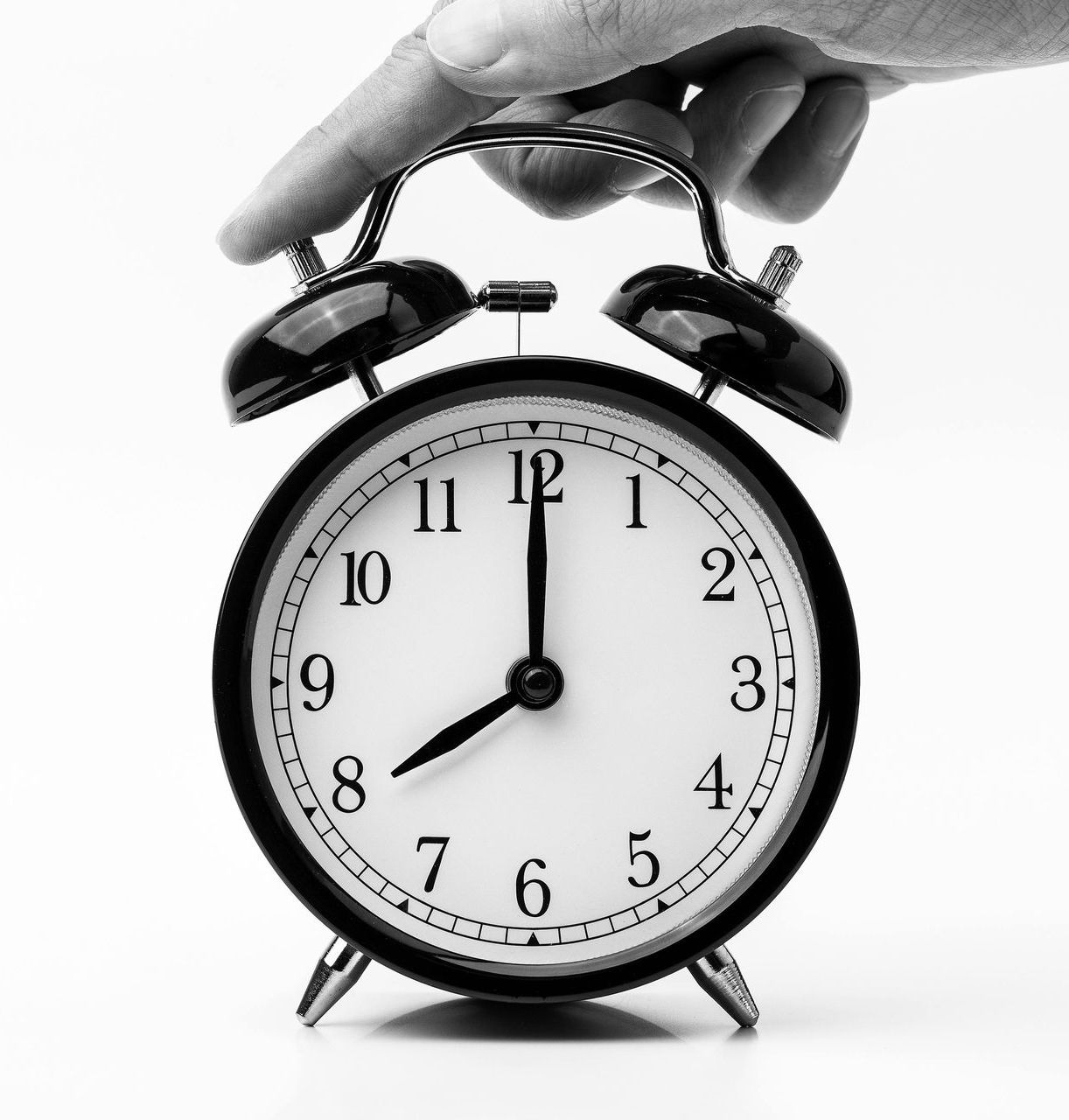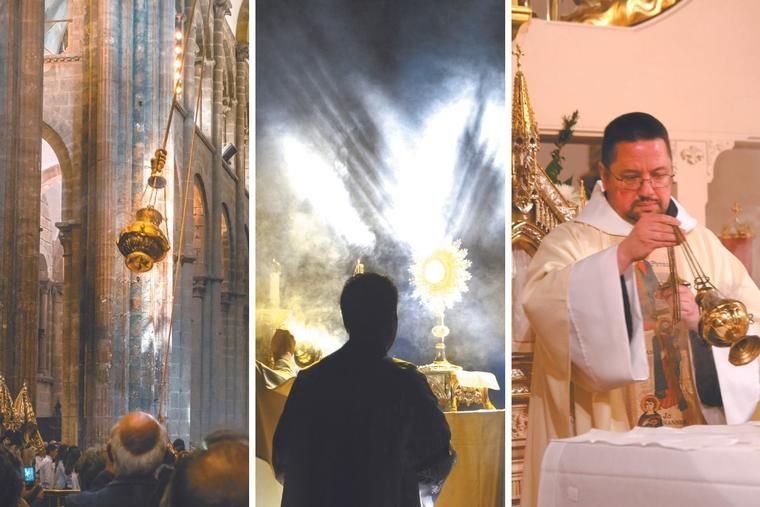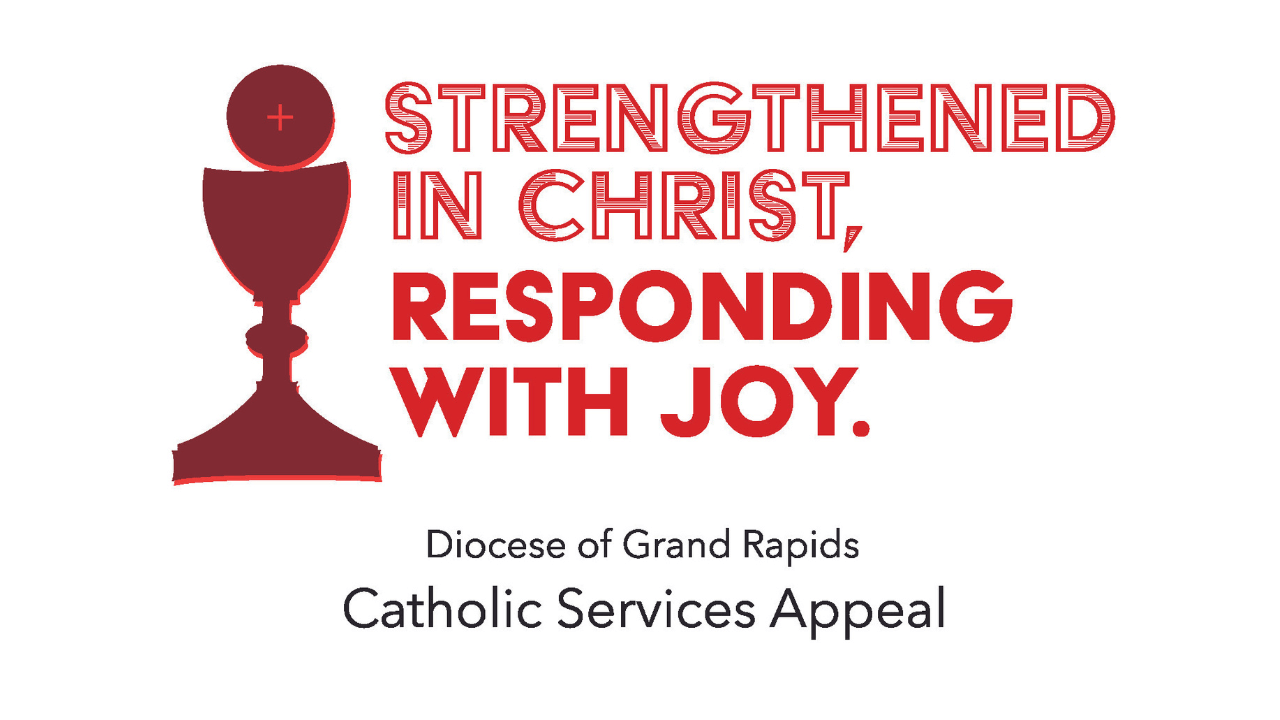Announcements
Sacred Music within the Mass
As some of you have noticed, the format of our Mass start has been different during both Advent and Lent. This is intentional. The idea behind it is actually very simple: People are supposed to be able to pray before, during, and after Mass.
Music within the liturgy is meant to support and magnify the liturgical prayer of the Mass. The way the reforms of Vatican II were intended to be implemented is that more of the Mass was to be vocally prayed and sung by the congregation with the priest.
Interestingly, the use of hymns during Mass actually began before the Vatican II reforms in Europe. Many Catholics noticed that protestant services were dominated by hymns as emphasis on the Eucharist and the Sacraments as a whole were deemphasized at protestant services. Some parishes began integrating hymns into the old form (pre-Vatican II) of the Mass so the people could remain engaged during Masses. (the hymns were being sung at times throughout the Mass while the priest was praying quietly.)
Before this time, hymns were mostly connected to the Liturgy of the Hours and for times outside of Mass during Eucharistic Adoration and processions. With the Second Vatican Council, there was a desire for the actual Mass to be prayed and sung more actively by the congregation. But, when many english speaking countries hastily translated the new form of the Mass into English, they lost a rich heritage of beautiful Mass compositions sung that were primarily written for the original Latin language. The council fathers envisioned the retention of the use of the Latin Language for the principal parts of the new form of the Mass, but in the 1970's this vision was lost.
Therefore, when the new form of the Mass was introduced in the early 1970's the Mass was not how Vatican II envisioned it. The Mass, instead of being actively sung in both Latin and the local language, was mostly spoken and hymns were written to "fill in" parts of the Mass to provide something that people could sing during the Mass. These hymns were almost exclusively in the local language, with the Latin being almost entirely discarded. In addition the tunes composed for these hymns were often mimicking very relatable tunes found in pop culture, instead of seeking to pass on the rich heritage of Gregorian chant that had been in place for nearly 1400 years.
Many of these hymns became very familiar to the generation that grew up with them and feeling of nostalgia was connected to them.
Today, there has been a desire to renew the original intention of Vatican II by forming beautiful compositions of the Mass where much more of the actual Mass parts can be sung. Source and Summit, a Catholic liturgy organization, is leading the way on this initiative. Just this past year, they were asked to prepare and provide the music for the Seek Conference geared toward college age Catholics. Over 20,000 young people (the largest gathering of this age group of Catholics in the western world) were at the conference and the reverent music of the Mass that was utilized received a strong positive response. See news report video below.)
So, what does this mean for our parishes? We have first of all begun to utilize more of these Mass compositions from Source and Summit. We will be looking at transitioning to their yearly pew Missal for the next liturgical year for both St. Anthony and St. Mary.
What does this mean for hymns for Mass? There are many beautiful hymns that we can still use during fitting parts of the Mass, but we need to consider using them more sparingly. We live in a culture of constant sound and noise and periods of silence have become more rare. The last two Popes (Francis and Benedict) have expressed great concern about the lack of silence provided during liturgies. They share how it is a fundamental spiritual principle that God comes and speaks to us during times of silence. Younger people especially need to experience something different at Mass than what they experience throughout the rest of their week of noise. At first the silence will feel strange and awkward. This is similar for someone who may have spent most of their week indoors and then when they attempt to go out in broad daylight, they react initially with discomfort. We will not seek to do anything abrupt or jarring. This is why we have sought during Advent and Lent to begin to introduce some of this liturgical renewal in small ways. For example:
1. Singing a gathering hymn as people come into Church and transition from the normal experiences of life. (10 minutes before Mass)
2. Then moving into announcements and an invitation to prepare our hearts for prayer (7 minutes before Mass).
3. A period of silence to allow people to enter into Mass as a time of communal prayer. (2-3 minutes before Mass)
4. Mass entrance procession is done with the experience of an antiphon (the people echoing the Word of the Lord in song, reminding us that it is God who gatherings us and calls us first and the Mass and all of our lives is meant to be a response).
5. Offertory Antiphon instead of a hymn. Again, the idea of our offerings are given in response to God's call and invitation. The people can sing in response or pray quietly and listen to the words sung by the choir or cantor.
6. Communion Antiphon- led by choir/responded to by the people if they so choose.
7. No need to move into a hymn, but to leave room for silence so people can express thanksgiving for the gift of the Eucharist.
8. Recession: a hymn can be used to express our thankfulness and joy but there is nothing in the Missal that calls for it. It has become just more of a custom in our culture to have a hymn at the end of Mass. The words of dismissal at the end of Mass is really the end of the celebration.
All of this doesn't even include all the parts of the Mass that are meant to be sung throughout: the dialogues (The Lord be with You/Let us Pray/Thanks be to God/Gloria/Alleluia/Preface of the Liturgy of the Eucharist/Sanctus/Mystery of Faith/Agnus Dei). It is envisioned that for Solemn celebrations, including Sundays, most of the Mass is to be sung by the priest and the people.
So, in these weeks and months ahead, I encourage you to look over this bigger vision and understanding of what is the Mass and what is meant to happen during the liturgy.
Here is a good overview of the approach Source and Summit takes with Music and the Liturgy: https://www.sourceandsummit.com/blog/liturgy-music-and-the-church-s-journey-from-source-to-summit
Here is the stories of parishes that began this renewal at their parishes and the effect it had: https://www.sourceandsummit.com/stories-source-summit




